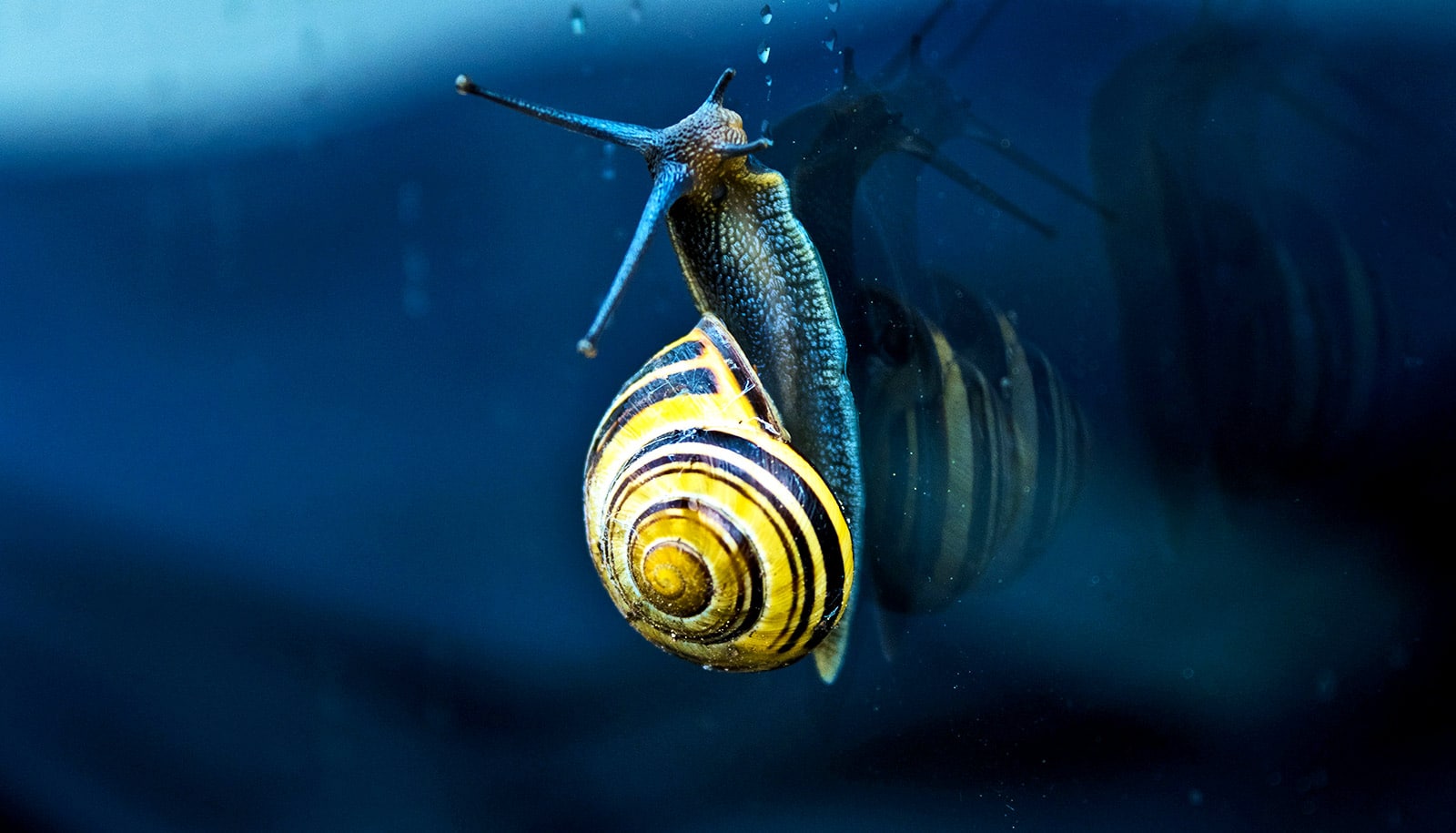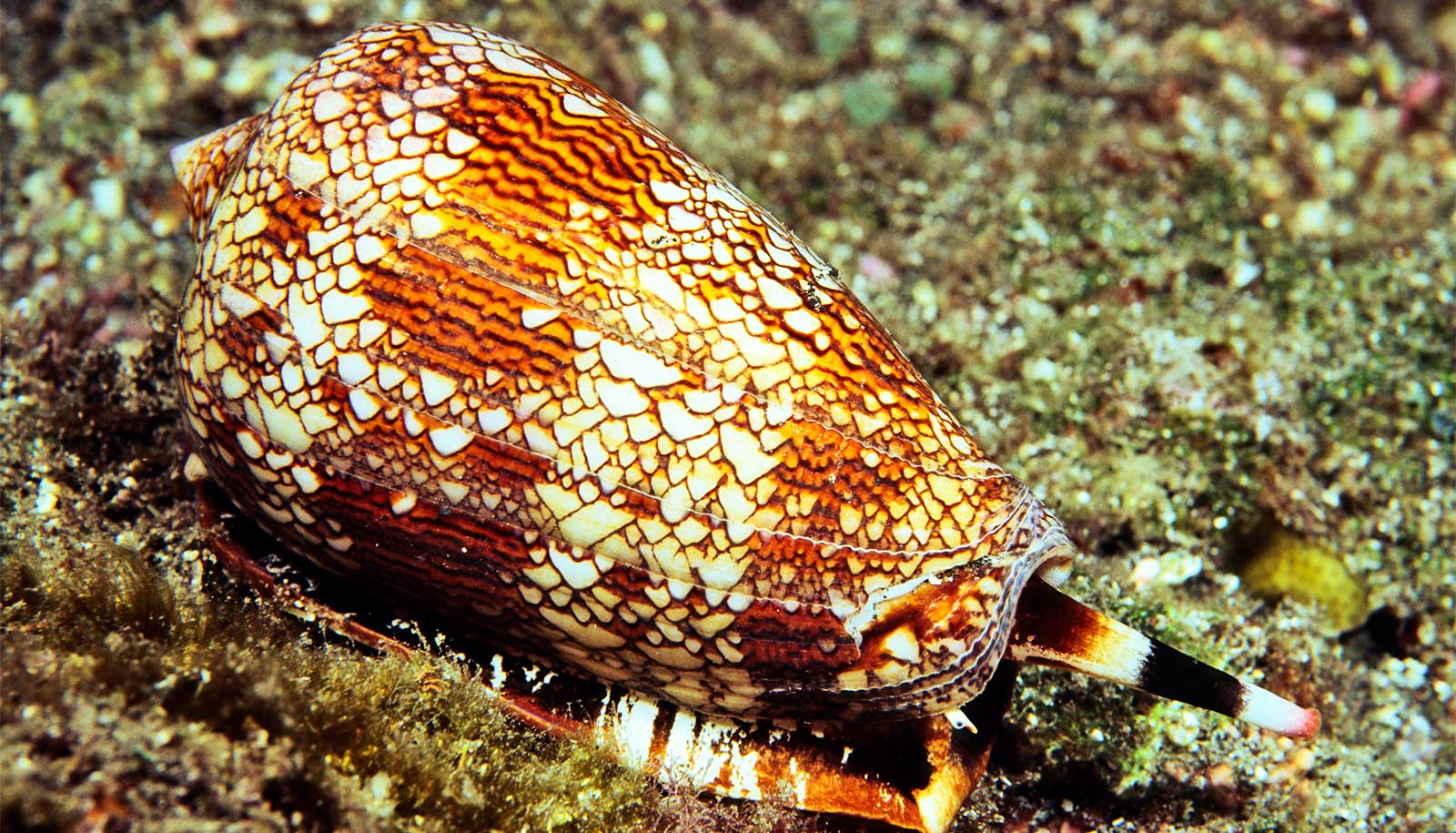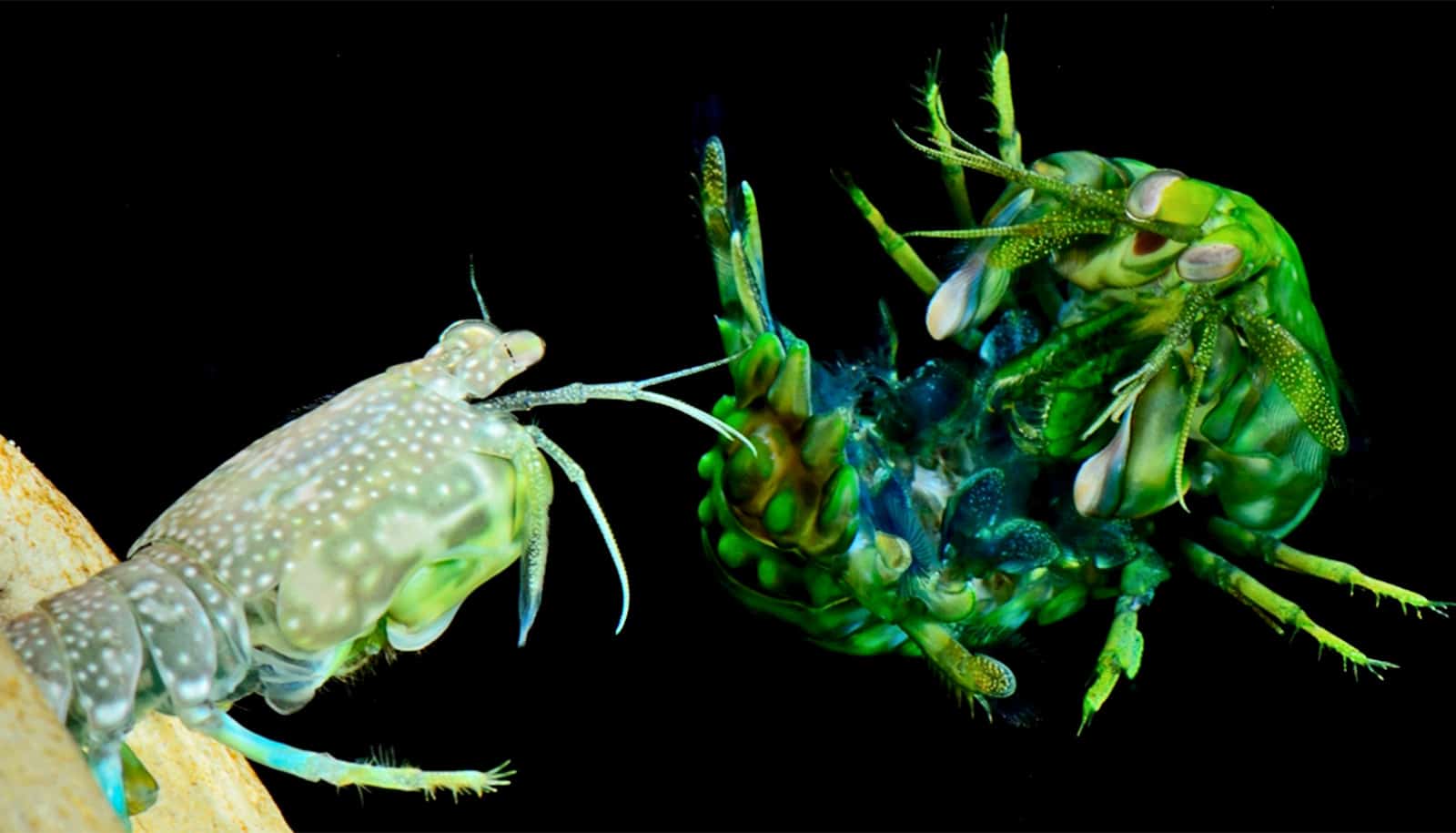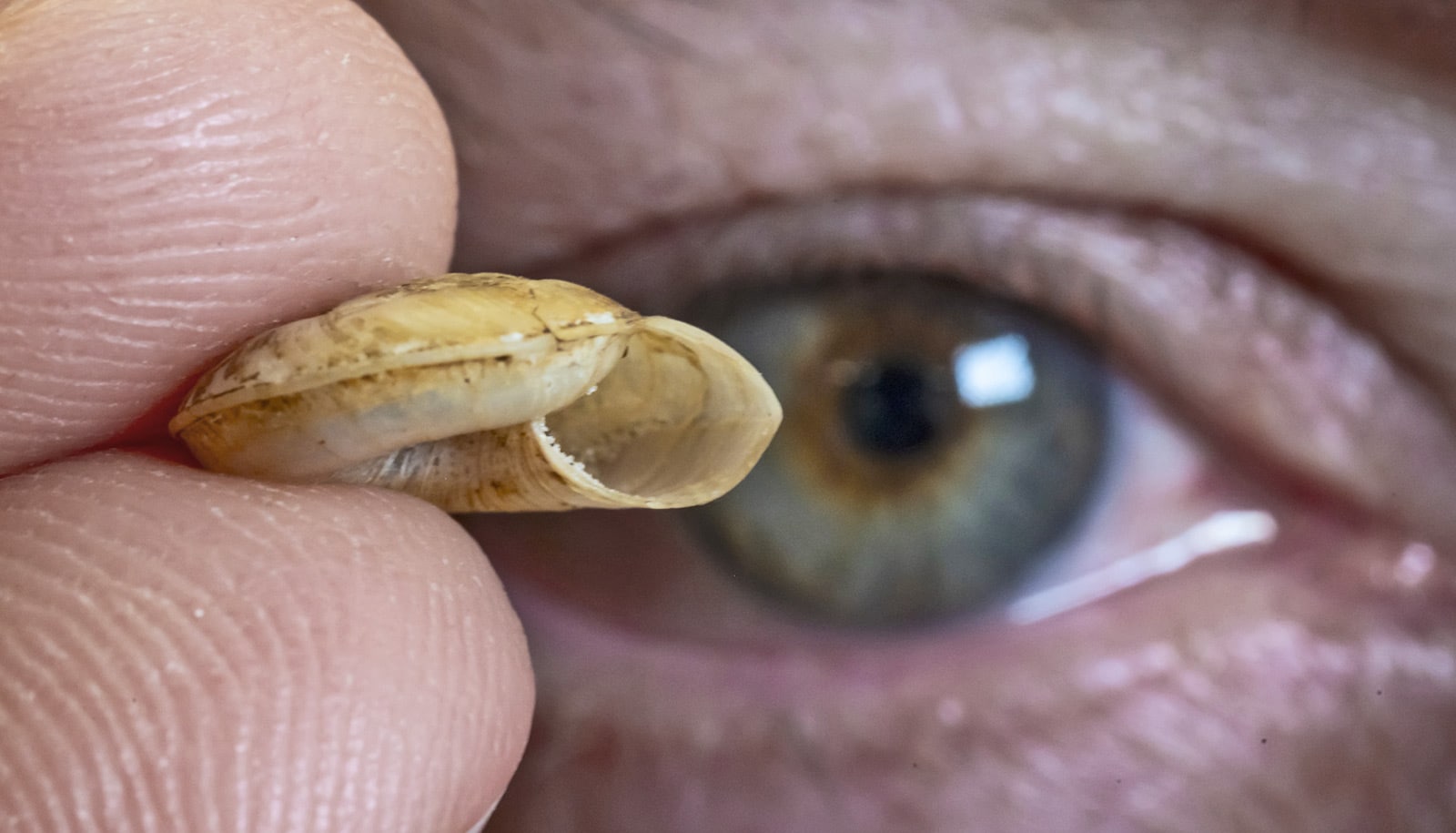Researchers have discovered how certain biological structures—like terrestrial and marine snail shells—can have spirals that go both clockwise and counterclockwise, not only within the same species, but also within the shell of an individual organism.
The researchers discovered a mechanism by which helical biomineral structures can be synthesized to spiral clockwise or counterclockwise using only either the left-handed or right-handed version of a single acidic amino acid.
In an article in Science Advances, the researchers describe the way they constructed chiral helicoidal structures of the biomineral calcium carbonate (a mineral typically found in shells) by the simple addition of specific amino acids.
Remarkably, they could also make the helicoids turn clockwise or counterclockwise by simply using only either the left-handed or right-handed version of the amino acids aspartic acid and glutamic acid—these being abundant in proteins that guide biomineralization processes in many organisms.
Wait, what is chirality?
Have you ever heard of Jeremy the snail? He became famous in 2016 because unlike most of his fellow brown garden snails, his shell spirals counter-clockwise. This anomaly made it hard for British researchers studying Jeremy to find him a mate.
Why is the spiral of Jeremy’s shell so important? Because it’s one example of a widespread phenomenon found throughout nature: chirality. Objects that are mirror images of each other are considered to be chiral if it’s impossible to superimpose them on each other. That is, whichever way you turn them, they will never be the same.
Jeremy’s shell, with its counterclockwise rotation, cannot be superimposed onto the clockwise-rotating shells of the vast majority of his fellow snails.
Much like our hands are non-superimposable images of themselves, many molecules are also chiral. Amino acids, the building blocks of protein, have chiral forms, that is, where one form is left-handed and the other form is right-handed.
Scientists originally hypothesized that biological helical structures—such as snail shells or the twisting tooth of the narwhal—could be explained by the actions of chiral molecules that caused them to spiral clockwise (left-handed) or counterclockwise (right-handed). In nature, however, where both rotations can sometimes occur, this can’t be the case because only left-handed amino acids and biomolecules are generally involved in biological processes.
Left vs. right
“This work provides key information towards understanding how organisms can have biomineralized structures rotating in opposite directions,” says senior study author Marc McKee, a professor in the dentistry faculty and the anatomy and cell biology department at McGill University.
Beams of light could sort ‘lefty’ and ‘righty’ molecules
“Our findings also give insight into pathologic chiral malformations that might arise in human otoconia, structures in the inner ear whose normal functioning maintains balance by gravity sensing and by detecting linear acceleration,” he says.
“Our work predicts how pathologic chiral malformations might arise in human otoconia and could one day be used to develop therapies for vertigo (loss of balance) based on this understanding”.
The Natural Sciences and Engineering Research Council of Canada funded the research.
Source: McGill University



